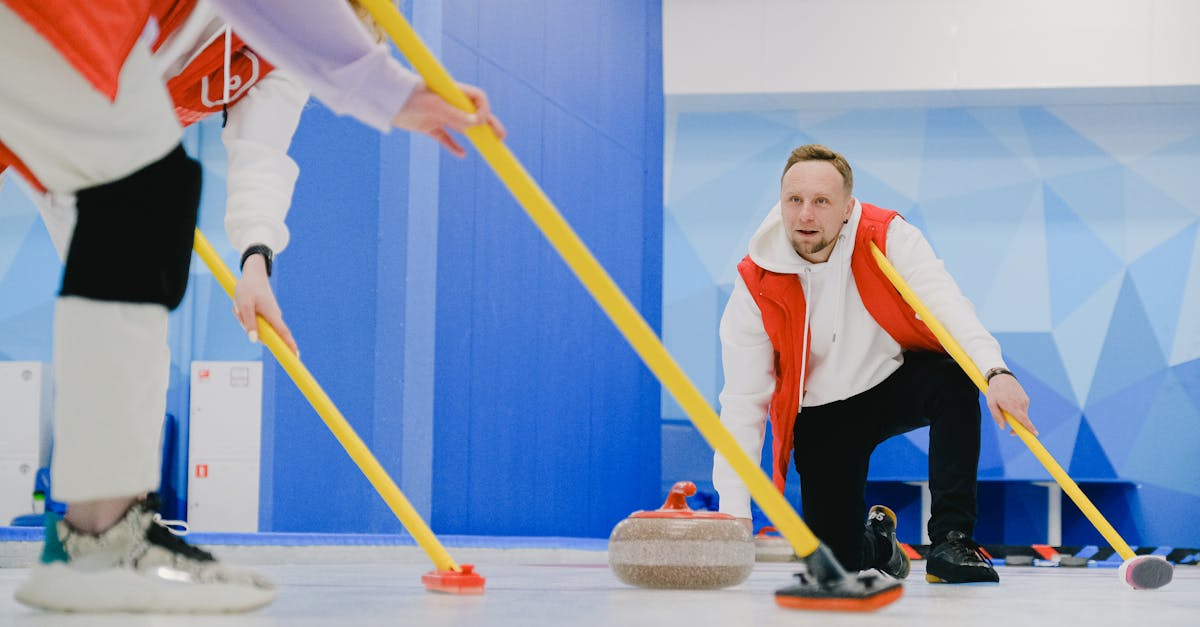10Views

Ice Baths vs. Saunas: Optimal Recovery for Athletes
Ice Baths vs. Saunas for Recovery: Which is Better for Athletes?
Estimated reading time: 6 minutes
- Ice baths and saunas are popular choices for aiding athlete recovery
- Ice baths reduce inflammation and muscle soreness
- Saunas improve cardiovascular health and promote relaxation
- Individual preferences and specific recovery needs should be considered
Table of Contents
Ice Baths |
Saunas |
Comparison |
Conclusion
Ice Baths
What It Is:
Ice baths, also known as cold-water immersion, involve submerging the body in icy water typically ranging from 50 to 59 degrees Fahrenheit for a specific duration. The cold temperature causes vasoconstriction, reducing blood flow to the muscles and decreasing inflammation.
Why It Matters:
Research published by the National Institutes of Health suggests that immersion in cold water can help to reduce muscle soreness and speed up recovery after intense physical activity. The cold temperature constricts blood vessels, which helps to flush out waste products and reduce swelling in the muscles.
How to Apply It:
- After a strenuous workout, fill a bathtub with cold water and add ice cubes for extra chilling effect.
- Submerge your body up to the chest or neck for around 10-15 minutes.
- Be sure to gradually increase the duration and decrease the temperature over multiple sessions to acclimate your body.
Saunas
What It Is:
Saunas use dry heat to raise the body’s temperature, typically ranging from 160 to 200 degrees Fahrenheit, which induces sweating and increases heart rate. This heat exposure is believed to have various health benefits, including promoting relaxation and enhancing recovery.
Why It Matters:
A study from Harvard Health suggests that saunas can improve cardiovascular health and aid in recovery by increasing blood flow and circulation. The heat stress in saunas may also trigger the release of endorphins, promoting relaxation and reducing stress levels.
How to Apply It:
- Ensure you are well-hydrated before entering the sauna to prevent dehydration.
- Start with shorter sessions of around 10-15 minutes and gradually increase the duration as your body gets accustomed to the heat.
- Follow up your sauna session with a cool shower to help regulate your body temperature.
Comparison
When comparing Ice Baths and Saunas for Recovery, it’s essential to consider your personal preferences and specific recovery needs. While both methods have their unique benefits, individuals may find one more suitable based on their tolerance to cold or heat, accessibility, and desired outcomes.
Conclusion
In conclusion, ice baths and saunas can both be valuable tools in your recovery toolkit as an athlete. Whether you prefer the invigorating chill of an ice bath or the comforting heat of a sauna, incorporating these recovery techniques mindfully into your routine can enhance your overall performance and well-being. Remember, the key is consistency and listening to your body’s signals to determine what works best for you. Find the balance that supports your recovery journey and ultimately helps you achieve peak athletic performance.
Take the time to experiment with both ice baths and saunas to discover which method resonates most with you and yields the best results. Stay committed to your recovery practice, prioritize self-care, and watch your athletic performance soar to new heights!
For more expert tips and insights on optimizing your athletic performance and recovery, visit FitLivingUK.com today.
FAQ
Q: Are ice baths better than saunas for recovery?
Both ice baths and saunas have unique benefits for recovery, and the choice between them depends on individual preferences and needs.
Q: How long should you stay in an ice bath?
Generally, a duration of 10-15 minutes is recommended for an ice bath, but this can vary based on personal tolerance and the specific recovery goals.
Q: Can saunas help with muscle recovery?
Yes, saunas can aid in muscle recovery by increasing blood flow and circulation, promoting relaxation, and potentially reducing muscle soreness.

